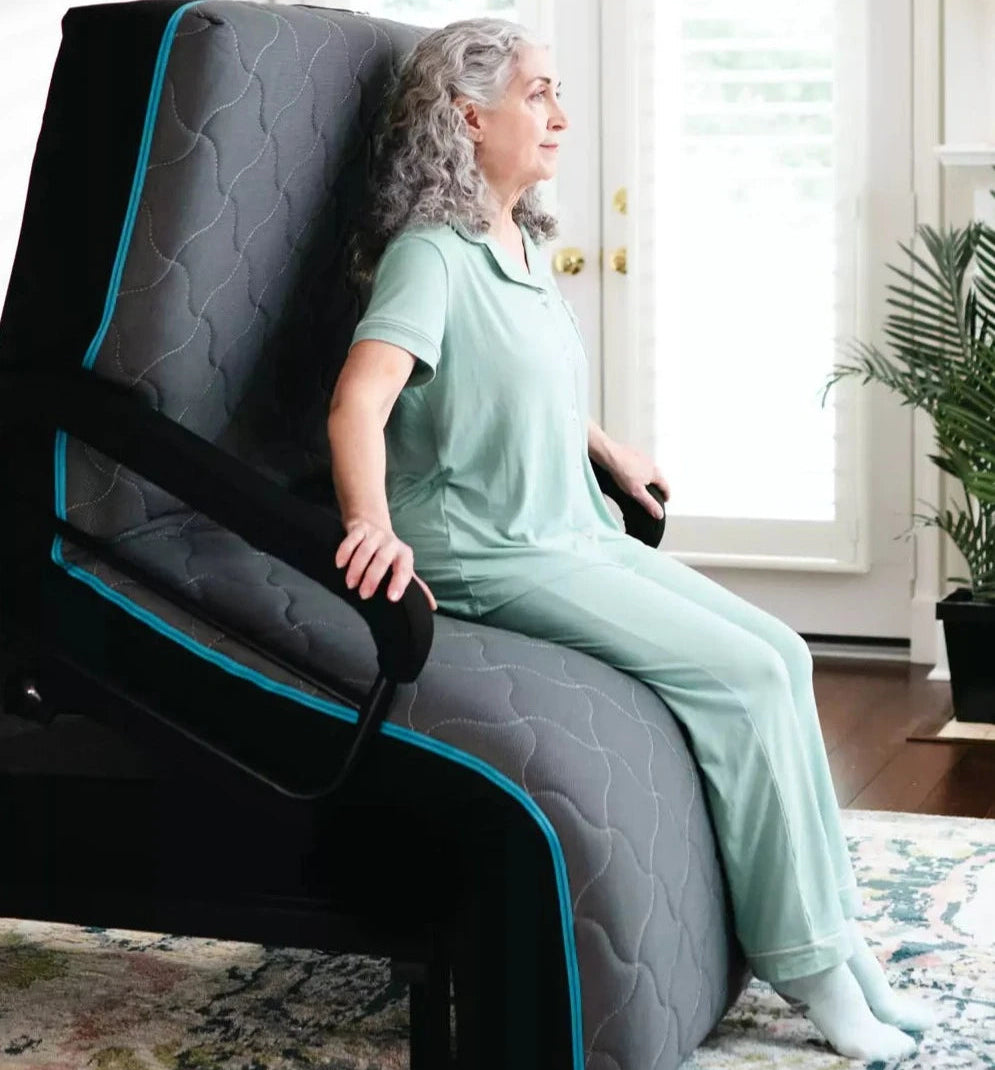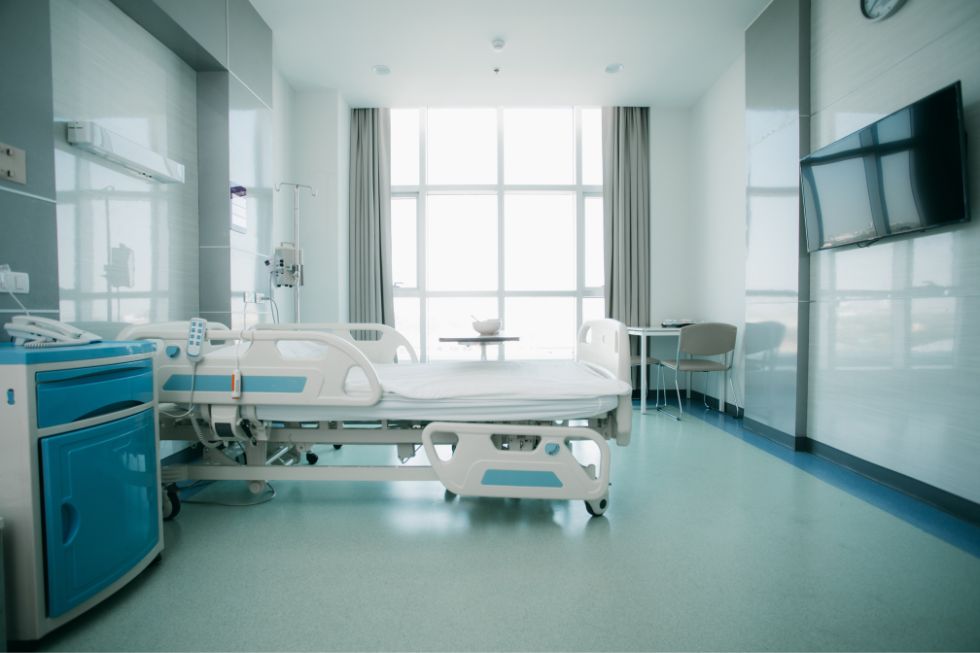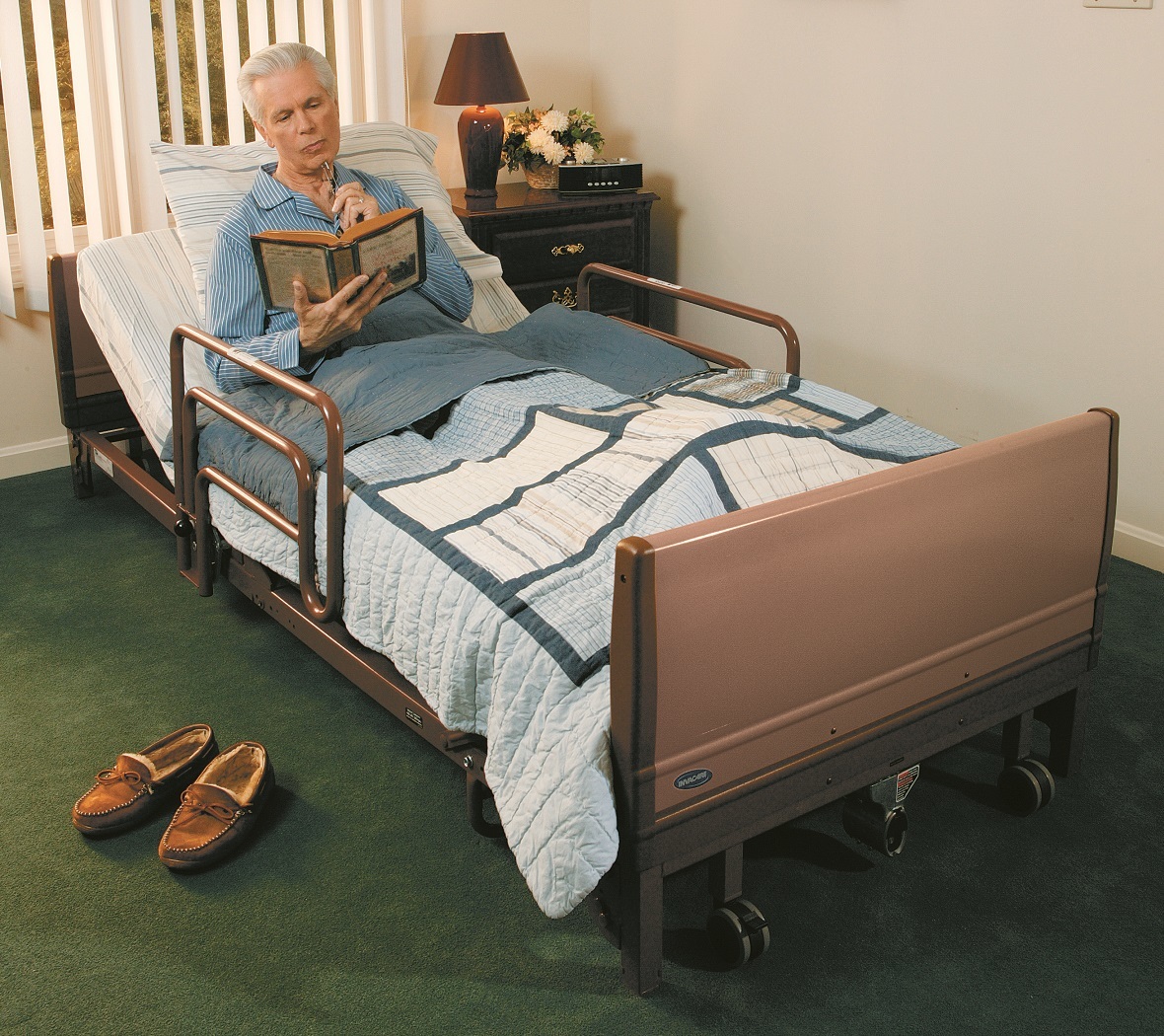The 6-Second Trick For Hospital Beds For Home Use
Fascination About Hospital Beds For Home Use
Table of ContentsHospital Beds For Home Use Things To Know Before You BuyThe Ultimate Guide To Hospital Beds For Home UseExcitement About Hospital Beds For Home UseThe Buzz on Hospital Beds For Home UseThe Best Strategy To Use For Hospital Beds For Home UseThe 2-Minute Rule for Hospital Beds For Home UseThe Greatest Guide To Hospital Beds For Home Use
There are 3 main kinds of medical facility beds: guidebook, semi-electric, and fully-electric. However, more kinds of clinical beds exist and they are listed here. These beds use hand cranks to adjust the bed's height and increase and decrease the head and the foot. Hand cranks are normally located at the foot of the bed and need an individual that is literally efficient in operating.
Semi-electric beds have an electrical motor to increase and decrease the head and foot parts of the bed. People and caregivers readjust the positioning by pressing switches utilizing a hand necklace. The height of the bed is readjusted by hand with a hand crank. Full-electric beds have an electric motor that can increase the head and foot sections of the bed in addition to the entire elevation and positioning of the bed.
Get This Report about Hospital Beds For Home Use
There are a number of types of hospital beds, each made to meet particular individual demands. Right here are some typical types: This is the most typical type of medical facility bed, created for basic clinical usage.
Reduced to the ground than a standard bed. This kind of bed is made for bigger clients, with a larger structure and greater weight ability than a standard bed. This type of bed is made especially for kids, with smaller sizes than a basic bed. Special functions such as full size side rails and animation design.
This sort of bed is developed for seriously ill clients who call for open monitoring and specialized medical devices such as ventilators and infusion pumps. This kind of bed is designed for use throughout labor and shipment, with flexible settings and features to support the mommy and infant during the birth process.
Some Ideas on Hospital Beds For Home Use You Should Know
Numerous function and the devices do increasing traction to different components of the vertebra and the extremities without moving the human body. These are simply a couple of examples of the sorts of medical facility beds available. The particular sort of bed utilized will depend on the person's condition, medical demands, and other factors.
Right here is the thing you need to know. A one-function medical facility bed is a clinical bed that permits a patient to relocate only the head or foot section up or down. A 2 feature healthcare facility bed typically describes a kind of medical bed that has two flexible functions to aid people in health centers or care facilities.

The Only Guide for Hospital Beds For Home Use
A 7-function ICU bed is a type of medical bed that gives a number of flexible functions to support seriously sick individuals in an intensive care device (ICU) (hospital beds for home use). The seven functions normally consist of: Backrest modification: The backrest can be gotten used to various angles to help the individual sit up or relax pleasantly
Height adjustment: The bed can be increased or lowered to make it less complicated for clients to obtain in and out of bed, and for caregivers to offer treatment. Trendelenburg placement: The entire bed can be tilted to advertise blood flow and blood circulation in the body. Reverse Trendelenburg position: The bed can also be slanted in the opposite direction to advertise blood circulation and flow in the top body.
While more budget-friendly than electric models, these beds require exertion for changes. The primary advantages of manual beds are their affordability and reliability, as they don't count on electrical energy. The need for hands-on effort can be a limitation in scenarios where fast modifications are required or where caregivers deal with physical difficulties.
Hospital Beds For Home Use - Questions
Semi-electric health center beds offer a balance of guidebook and electrical controls. These beds provide a suitable review middle ground in between manual and totally electrical options, using ease of use without the full cost of electric designs.
Semi-electric beds are fit for individuals that require modest adjustments to the head and foot sections however can take care of without regular elevation modifications. This makes them a cost-effective option for those seeking convenience and comfort without the need for consistent repositioning. Totally electrical health center beds include electric controls for smooth adjustments to the height, head, and foot areas.
Specialized health center beds, such as ICU beds, lasting care beds, and bariatric beds, are very carefully developed to deal with certain medical needs. These beds supply tailored look after diverse individual teams, boosting both end results and comfort. In the adhering to areas, we will check out the main sorts of specialized healthcare facility beds, detailing their details benefits and applications.
With years of experience in manufacturing electrical straight actuators - hospital beds for home use and close partnership with the medical care sector, TiMOTION is well-positioned to provide dependable medical care solutions. Our up and down incorporated company takes care of every action of the production process, from design to actuator assembly, guaranteeing we provide remarkable value and personalized solutions customized to your specific needs
Unknown Facts About Hospital Beds For Home Use

To find out more about integrating these modern technologies into your products, contact us today. More reading:.
Information is sourced from the Medicare Expense Record.

The Of Hospital Beds For Home Use
A healthcare facility bed is a bed designed particularly for medical objectives. It is not just a place for clients to rest, but also a system for clinical procedures. Unlike normal home beds, hospital beds generally have adjustable features, which can facilitate clinical team to make numerous modifications according to the needs of clients, such as changing the elevation, disposition, and support angle of the back and legs of the bed.